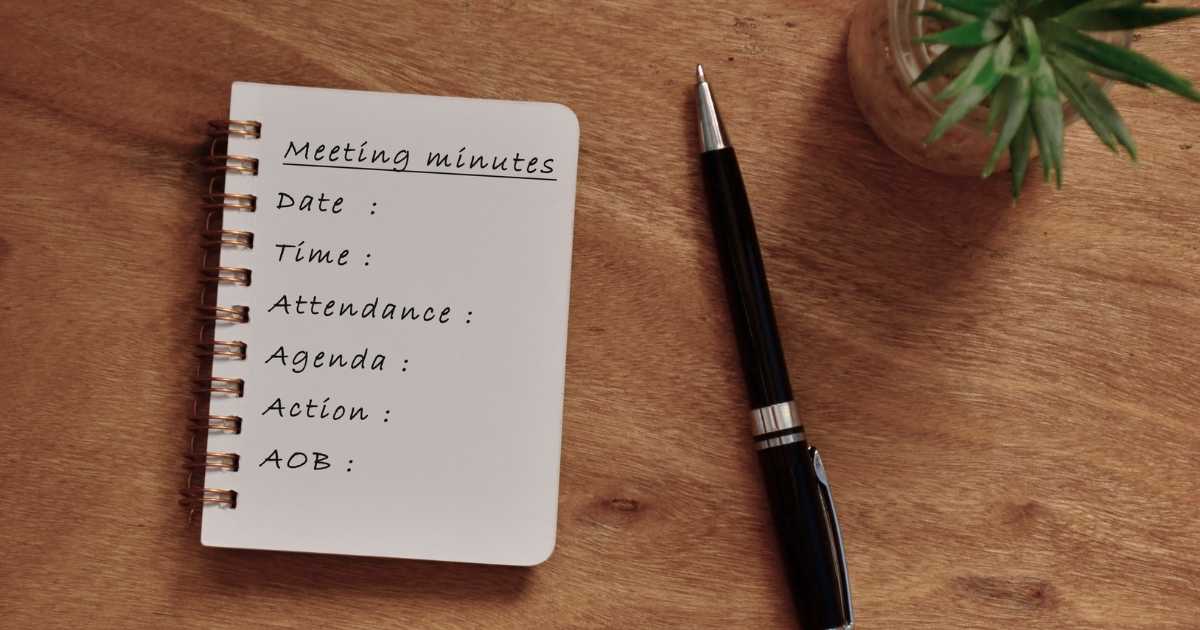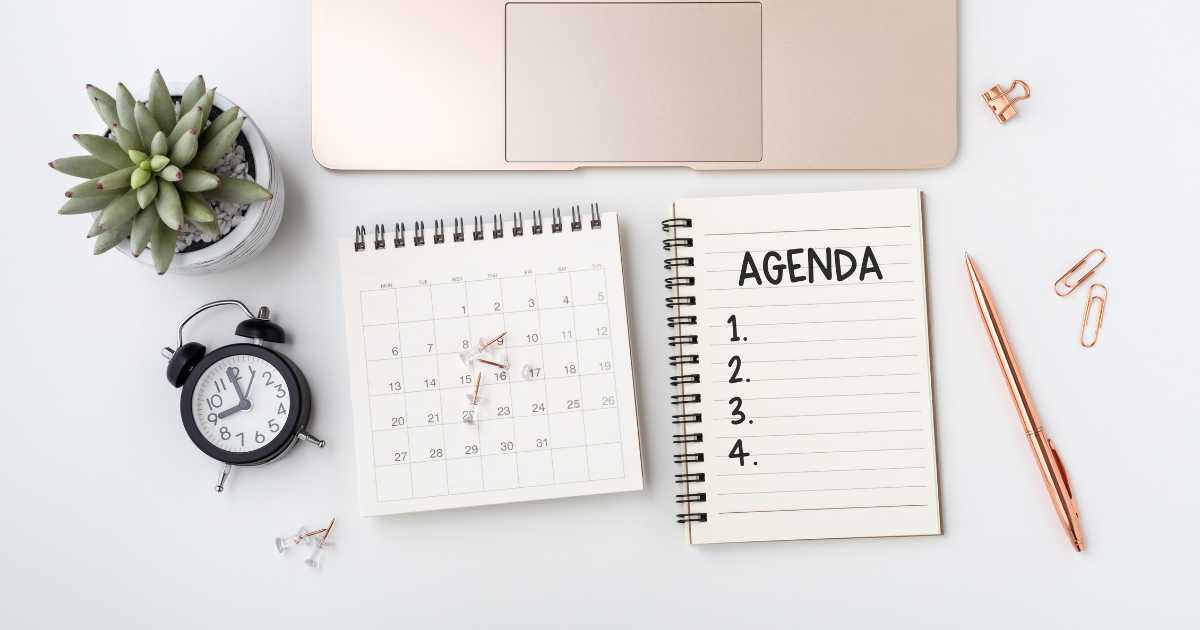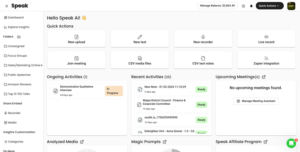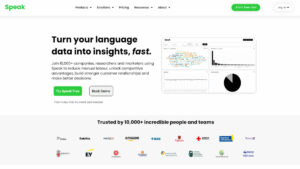
What's New In Speak - April 2024
Interested in What's New In Speak February 2024? Check out this post for all the new updates available for you in Speak today!
Notes from a meeting should emphasize the most important points raised, choices taken, and follow-up tasks assigned. Meeting notes are taken in less formal situations so that you have a record of the discussion for future reference. Minutes of more formal meetings, such as those held by a board or other governing body, may need to be recorded and archived for future reference.
The ability to review meeting notes after the fact by those who were unable to attend may be a huge time saver when it comes to project management.
Taking meeting notes is a simple exercise with a significant payoff. They increase productivity because they make teams more transparent and meetings more productive. Documenting and disseminating meeting minutes allows participants to review previous discussions, revisit action items, and keep their colleagues updated.
Good notes, however, often lose part of their value because teams fail to establish a regular routine centered on them. There is probably an opportunity to increase the consistency and clarity of your team's note-taking practice if you've ever had trouble finding notes after a meeting or had trouble following along with notes supplied by another group.
Improving your note-taking skills will help you avoid having the same conversations over and over again in meetings.
This article will provide your team with a note-taking template and suggestions for improving your team's note-taking habits.

The habit of taking notes during meetings is rather popular, and it's likely that your staff already does so. When taken and analyzed correctly, meeting notes provide several advantages, including:
Taking notes is useful outside of formal conferences as well. Even if a meeting is very short or casual, such as a one-on-one, it is still a good idea to take notes. Taking notes allows one to have a record of crucial conversations, such as those on performance, as well as quarterly planning, upward reporting, and other activities.

Effective meeting notes should contain the fundamentals to offer context (attendees, date, and meeting title), as well as action items at the top so that they are simple to identify and reference later on.
Then one should offer a topic-by-topic analysis of the conversation. One should also include discussion issues that are exclusive to that particular meeting in addition to reoccurring topics on the agenda for one’s gathering.
Use the following simple template for your meeting notes to get started. Simply copy and paste it into the document where you typically enter your notes or consider using Range to manage your next meeting - this will help you record everything you and your team will need to have a successful meeting.
This individual will be responsible for taking notes throughout the meeting and will pay close attention so that everything is recorded accurately. To avoid the notetaker having to play catch-up in the middle of the meeting, designate them from the outset. It is also suggested to rotate who takes notes each week amongst your team members.
Everyone there can benefit from seeing new notes being posted in real-time in case they want to add anything or clarify anything. The person taking notes may either share their screen live with the rest of the group or provide everyone with read-only access to the notes doc.
Using #tags, you can keep all of your frequent discussions on a product launch or company-wide campaign organized and easy to find. If you don't recall the precise date, but you do remember that certain information was discussed, you may retrieve it easily by writing down the topic and the people who discussed it.
It's up to you to decide amongst a wide variety of note-taking strategies. Taking better notes in meetings is easier if you choose a system that complements your preferred writing style and your function.
Most people use one of these strategies while taking notes:
If you're looking for a way to arrange your notes, go no further than the Cornell Method. Meeting takeaways should be recorded in a narrower column on the left. Further exploration of these core concepts is provided in a more roomy column to the right.
By distributing an agenda in advance of meetings, participants may utilize that document as a framework upon which to develop an outline for taking productive notes. Then, throughout the meeting, you may jot down notes on each item.
In the Quadrant Method, you divide your paper into four equal halves (or "quadrants") to keep track of your notes. There will be a general section, a section for you to take action on, a section for the team to take action on, and a section for questions and clarifications.
The Boxing Method involves categorizing a variety of subjects into separate boxes. As a result, any subject or major concept that arises throughout the course
Taking notes has many advantages and it is not that of hard work, leading your business to progress. When you share meeting notes right after a successful meeting, you increase openness and decrease the likelihood of forgetting to do so. It is recommended that meeting notes be distributed in the same places where team members already talk to each other.
Get a 7-day fully-featured trial.


Interested in What's New In Speak February 2024? Check out this post for all the new updates available for you in Speak today!

Interested in What's New In Speak February 2024? Check out this post for all the new updates available for you in Speak today!

Interested in What's New In Speak February 2024? Check out this post for all the new updates available for you in Speak today!

Thank you for continuing to be part of this journey - it means the world to us. Below is a summary of our 2023 at

Interested in The Best Executive Research Firms? Check out the dedicated article the Speak Ai team put together on The Best Executive Research Firms to learn more.

Interested in The Best Consumer Research Firms? Check out the dedicated article the Speak Ai team put together on The Best Consumer Research Firms to learn more.

Powered by Speak Ai Inc. Made in Canada with
Use Speak's powerful AI to transcribe, analyze, automate and produce incredible insights for you and your team.